You are here
Manganese treasures of Zhezdy mine.
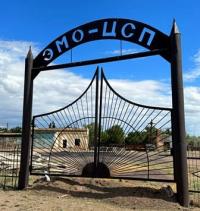
Zhezdy manganese mine in Ulytau region.
“When the factory siren whistles for the first time over Ulutau, it will undoubtedly find its powerful response far in all corners of Kazakhstan. The intensifier of this "echo" will be: the historical popularity of Ulutau, its central location, the curiosity of the Kazakh people and even its natural propensity for songwriting, and the new songs will no doubt sound not the former notes of longing and despair, but others , more cheerful notes, full of power and courage. These will be the songs of the new, emerging industrial Kazakhstan.”
Kanysh Imantayevich Satpaev.
Trip to Zhezdy settlement.
An article by Nurlan Zharmagambetov, published in the Kazakhstanskaya Pravda newspaper, describes in detail the history of this wonderful village:
“A huge contribution to the Victory was made not only by Kazakh soldiers, but also by home front workers, and the history of the labor feat of our fellow countrymen in the Great Patriotic War is still waiting for its chroniclers. We would like to bring to the attention of readers the story of the honorary citizen and former mayor of Almaty Akhmet Adilov, recorded shortly before the death of this remarkable man.
In 1939 I graduated from the Moscow Mining Institute, worked in East Kazakhstan, and met the war as the head of the non-ferrous metallurgy department of the Central Committee of the Communist Party of Kazakhstan.
In early March 1942, the First Secretary of the Central Committee, Skvortsov, called me and gave me an urgent telegram from the chairman of the State Defense Committee, Stalin, about the need to conduct geological exploration for manganese in Kazakhstan as soon as possible and justify the possibility of its industrial development.
“What are we going to do?” asked Nikolai Aleksandrovich. I replied that I needed to talk to geoscientists and industrialists. “Well, act, but hurry up: wartime. We are obliged to submit proposals within a day,” Skvortsov said in parting.
I immediately called the director of the Institute of Geology K. I. Satpaev, and we decided to hold a closed meeting with specialists the next morning. An explanation is needed here. The production of special steel for tank armor is impossible without manganese additives.
Before the war, manganese was mined in two deposits - in Nikopol and Chiatura: according to the Central Statistical Office for 1940, these deposits produced more than 90 percent of the manganese consumed by the country's metallurgical industry.
And so, when Nikopol fell into the hands of the enemy in August 1941, Propaganda Minister Goebbels made a special statement on German radio.
- The brave soldiers of the Fuhrer, - he said, - the manganese treasures of Nikopol passed into the hands of the German nation. From now on, Soviet factories are doomed to a manganese famine! From now on, the valiant army of the Fuhrer remains to destroy the last Russian tanks! We will win!
In November, having captured Rostov-on-Don, the Nazis cut off the railway connection with the Caucasus: access to Chiatura was closed. And the front demanded new and new tanks. Great hopes were placed on the Polunochnoye deposit, which is in the north of the Sverdlovsk region, but it could not replace Nikopol, since it did not even give a tenth of what Chiatura mined.
And in terms of quality, Ural ore could not be compared with Georgian and Ukrainian. The metallurgical industry of the country, in fact, met 1942 with meager reserves of manganese raw materials ...
And now back to the memorable meeting of geologists. Satpaev was the last to take the floor, and then for the first time many heard about the place Zhezdy, which is forty kilometers from Zhezkazgan. It turned out that back in 1928, while conducting exploration for fluxes for the Karsakpai copper plant, Kanysh Satpaev discovered surface occurrences of brownite (manganese) ores rich in content in Zhezdy.
At the beginning of the war, leaving for Alma-Ata, he instructed the new head of the geological exploration office Shtifanov and the geologist Bogdanchikov to conduct active exploration in Zhezdy before the onset of winter specifically for manganese as the most important strategic raw material.
And in the fall, an application was sent to the People's Commissariat for Cherry Metallurgy, in which the total reserve of the Zhezdy deposit was estimated at one million tons of manganese ore. But Satpayev was sure that this figure was much higher.
He summoned Zhezkazgan geologists to Alma-Ata, made a new calculation with them and compiled an updated note, first to the territorial and then to the All-Union Reserves Commission (VKZ), but their consideration was delayed. And then, just in time, a telegram arrived from Moscow, which I introduced to the audience.
Having described in detail the state of affairs, Satpayev proposed, simultaneously with the forced additional exploration of the Zhezdy deposit, to begin its industrial development and construction of the mine. It was a bold and responsible decision, but the arguments of Kanysh Imantayevich looked convincing.
All the geologists who participated in the meeting felt like a mountain had fallen off their shoulders, and Mikhail Rusakov even, I remember, approached Satpaev and hugged him tightly. In the same day, a telegram was sent to the Central Committee of the All-Union Communist Party of Bolsheviks with our proposals, and a day later, People's Commissar for Ferrous Metallurgy Tefosyan telegraphed that the director of the already new, Zhezdinsky mining department, Mikhailov, was leaving for the Zhezkazgan station with two echelons of Red Army soldiers, drilling rigs and other equipment, and asked to organize their meeting and accommodation.
Time was now working for the Zhezdy. The operation was decided to be carried out in two stages. At the first stage, it was supposed to develop ores in an open way from surface layers and export raw materials by trucks to the Zhezkazgan station.
In the second - to build mines for the extraction of deep deposits, at the same time laying a railway to the mine. The first builders arrived in Zhezdy, mostly workers mobilized from Karaganda, Akmola, North Kazakhstan, Kyzyl-Orda regions.
Mining technicians and personnel workers arrived, evacuated from Ukraine and Lipetsk. Urgently transferred here and two camps of prisoners of war. Within a few days, the once deserted valley of Zhezda, surrounded by hills, turned into a large construction site.
In April 1942, together with Satpaev, I went to the construction site of the mine. As if in a beehive, work was in full swing: drilling rigs pounded day and night, and a whole town of yurts and tents grew up in the Narsai Gorge. At night, they worked in the quarries by the light of car headlights, while the foundation of the future power plant was being laid at an accelerated pace.
In May, two hundred new trucks arrived, urgently allocated from the GKO reserve, then another hundred. There were not enough drivers, and the Karsakpai District Party Committee issued a cry: “If you want your son, husband, father to be protected by tank armor, master the profession of a driver!”.
School teachers, collective farmers, high school students, housewives began to sit at the steering wheel of the car. Specialists trained beginners during the week, columns of ten to fifteen cars were created, each of which had one experienced driver.
And on July 12, 1942, 38 days after the start of construction, the first batch of high-quality Zhezdinsky manganese was shipped. This day became the birthday of the mine. First, the ore was taken to the Zhezkazgan station, and after loading several wagons, they were sent to Magnitogorsk with courier speed.
Soon, motor vehicles began to carry ore towards the wagons, which were moving along the rapidly under construction railway line. Since July, the mine was transferred to the production production schedule, this was the first time in the history of Soviet industry. It was necessary to extract and export 15 thousand tons of ore every month!
This immediately increased the productivity of blast furnaces at the Ural tank factories. “The production of high-quality rolled products at the Magnitogorsk plant has almost tripled,” testifies the multi-volume “History of the Great Patriotic War”, describing the organization of steel smelting as a great victory, equal to winning a major battle.
Here are some facts: after the commissioning of the mine, the proportion of the eastern regions of the USSR in the extraction of manganese ores increased from 8 to 85 percent, and more than 70 percent of all manganese ores in the country began to be produced by the Zhezdy mine.
During the war years, the same amount of manganese ore was mined here as Hungary, Czechoslovakia and Romania combined were mined for the military needs of Nazi Germany. “They say they found some rails!” Hitler grumbled angrily. Instead of the manganese famine promised by the Nazis and the fall in the production of armored steel, our tank factories managed to triple the production of armored steel!
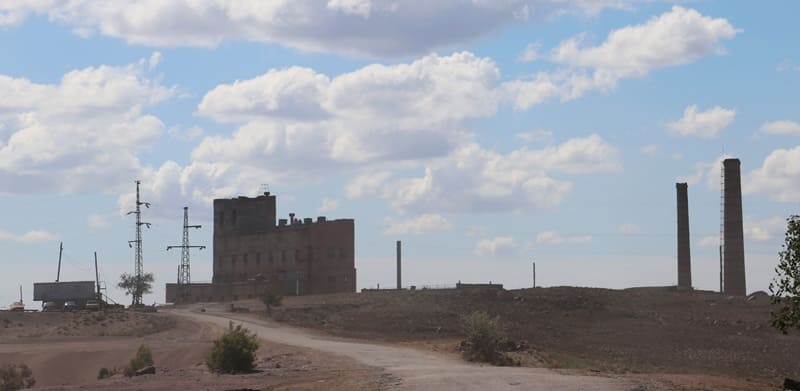
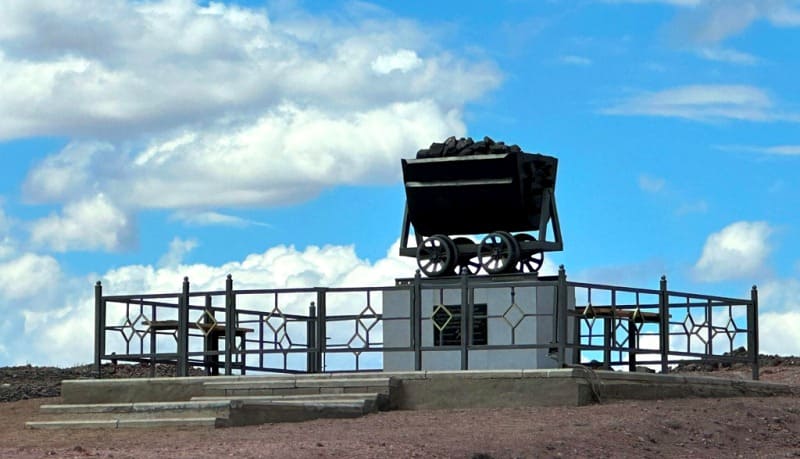
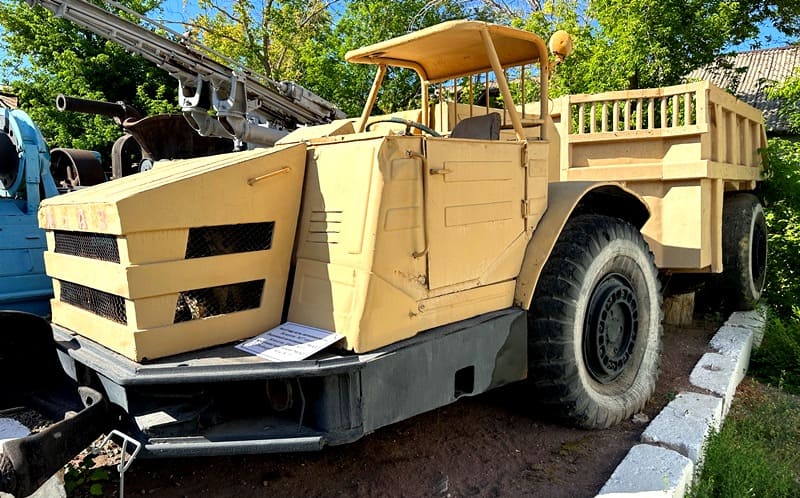
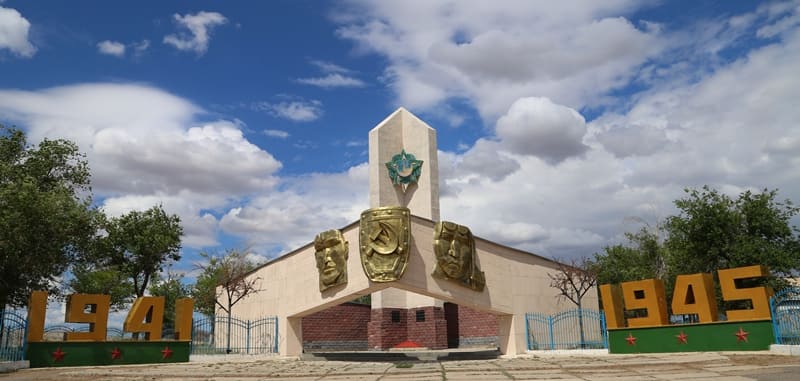
Photos by
Alexander Petrov







